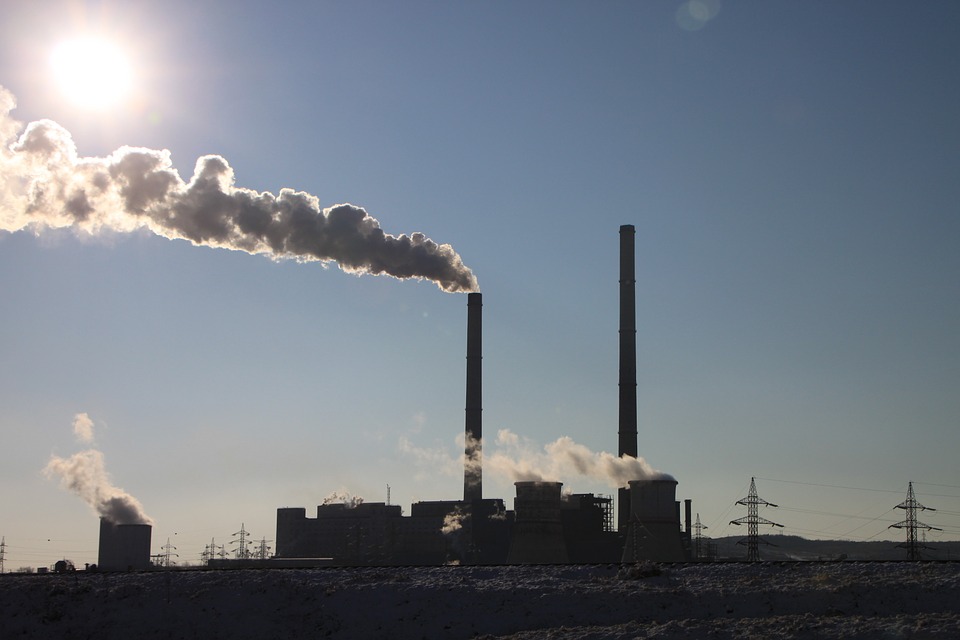As is the case with many ecological issues these days, climate change is a hot topic of debate. Some will argue that the global climate is changing as a matter of natural course, while others will point an accusing finger at mankind as the culprit for the rise in the Earth’s atmospheric temperature. Whichever argument one sides with, there is no arguing that the symptoms of a slowly rising fever have begun to show themselves, especially in recent decades. Whether these rising temperatures are the result of ordinary natural mechanisms or human irresponsibility need not be debated; we need to look at what climate change is, how fast it is advancing, and what we can do to alleviate the problem.

Climate change is often used interchangeably with global warming. This is not completely accurate, however, because climate change refers to a change in average statistical data over extended periods of time, regardless of what caused it. Global warming is usually reserved for recognizing changes in climate caused directly or indirectly by human activities. Again, we are not here to discuss causes, but to recognize some aspects of the issue.
When all of us here on Earth learn more about the machinations behind the gradual rise in average temperatures, we can become more aware of our contributions to climate change and more effectively modify our habits to reduce our impact. For example, solar emission is one possible explanation for the rising temperatures leading to climate change. The sun emits much more radiation today than it did 3 or 4 billion years ago. The sun is cyclical in the amount of radiation it emits, leading to slight changes in climate every so often. One hypothesis about the variable amount of radiation reaching the earth is the changing concentrations of greenhouse gases in the atmosphere. Billions of years ago, there was a higher concentration of these gases, which let less radiation through, but trapped what passed through in the lower atmosphere. Temperatures rose and fell depending on how much solar radiation remained in the atmosphere. Gradually, these greenhouse gases decreased in concentration and some sort of equilibrium was reached. Today, for whatever reason, the gases have increased again in accumulation, leading several scientific bodies to conclude that they are playing a role in climate change.
No matter if humans are responsible or not, we can make the choice to do our part by not exacerbating the problem. One big change we can make is to look for alternative ways to power our homes and vehicles. Solar cells, fuel cells, wind power, and wave power are just a few of the renewable energy sources we can adopt to limit our release of greenhouse gases into the atmosphere. Think about it. If the sun is simply going through another one of its natural cycles and increasing the Earth’s average temperature, then that’s the way it is. But why should we speed up the process if we don’t have to? Imagine the amount of carbon-based exhaust that would be eliminated if homes didn’t rely on electricity sources spewing fumes as a result of spinning turbines powered by petroleum fuels. Fuel cell vehicles that simply emit water as a byproduct add absolutely no greenhouse gases to the atmosphere. There is still no clear evidence that humans are solely responsible for Earth’s climate change, but we can erase that possibility altogether by changing the way our energy needs are met.

Another possible explanation for climate change is an increase in the amount of aerosols in the atmosphere. Aerosols are tiny solid or liquid particles that remain in the atmosphere. It is not fully understood how much impact they currently have on climate change, but it is known that aerosols absorb and concentrate solar radiation. Volcanoes, vegetation, sea spray, and forest fires are all known to contribute to aerosols in the atmosphere. Human creations such as vehicle exhaust and industrial plants do as well. These anthropogenic aerosols account for about 10% of those currently in the atmosphere. Again, there is no way to accurately measure the impact of anthropogenic aerosols on climate change, but there is no reason to keep spewing particles into the air that are known to have a greenhouse effect. Here’s another case where using renewable energy from the sun, wind, and water would greatly reduce the amount of stress we put on the atmosphere to sustain life-permitting temperatures.
Regardless of what is driving climate change, it is happening. Is it the ordinary course of life on Earth or is humanity burdening the atmosphere with elements detrimental to its function? Whatever the answer, we can do our part to combat climate change by changing our attitudes and habits and adopting renewable energy as the first step in getting back on track.

